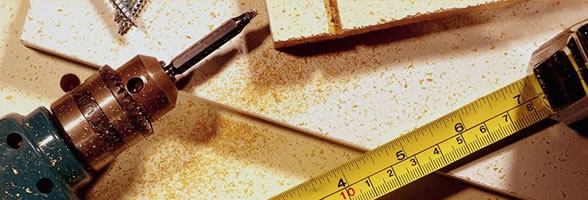
The Museum of Cham Sculpture
17/06/2016 22:10The Museum of Cham Sculpture is at the junction of Bach Dang Street and Tran Phu Street, Hai Chau District, near the Dragon Bridge. It is a graceful building and an eclectic mix of French-colonial architecture and Cham elements set in picturesque surroundings by the Han river.

The history of the museum starts in 1891 when Charles Lemire started to collect Cham sculptures that had been discovered in scattered areas of Quang Nam Province and brought them to Da Nang. The number of items increased to 90 by 1895 and they were housed at the “Tourane Garden”, where the museum would later be built.
The establishment of a Cham sculpture museum in Da Nang was first proposed in 1902 by the Department of Archaelogy of L’Ecole Francaise d’Extreme Orient (the Far-East Archaeological Research Institute). Henri Parmentier, a prominent archaelogist in the department, made great contributions to the campaign for its construction. The first museum building was designed by French architects, and construction began in 1915 and was finished by May 1916. On 22 June 1918 Albert Sarraut, the French Governor-General of Indochina, signed a decision to establish the “Musée de l’Indochine, Section des Antiquités Chames” (Indochina Museum, Cham Sculptures Section) in Da Nang and stipulated that it was to be an archaeological museum under the management of the Far-East Archaeological Research Institute.
The Museum preserves sculpture items featuring the cultural, spiritual and ritual lives of the Cham people. Henri Parmentier arranged the displays in order of the areas where the objects were found. Almost 300 terracotta and stone artifacts, all dating from the 6th to 13th centuries, are on display at the museum. They were discovered mostly in the central region of Viet Nam, from Quang Binh to Binh Thuan. The museum houses the world’s largest collection of Cham artifacts.
The museum was upgrade and extended by the city between 2002 and 2004, with the addition of a new two-storey building providing another 1,800 square metres. However, the character of the original architecture has been well preserved. At the same time, another 150 objects were added to the museum’s exhibits, including many valuable artifacts such as a bronze goddess statue. The new buildings provide more space for displays, storage, archives, a restoration workshop and offices for the staff.
—————
